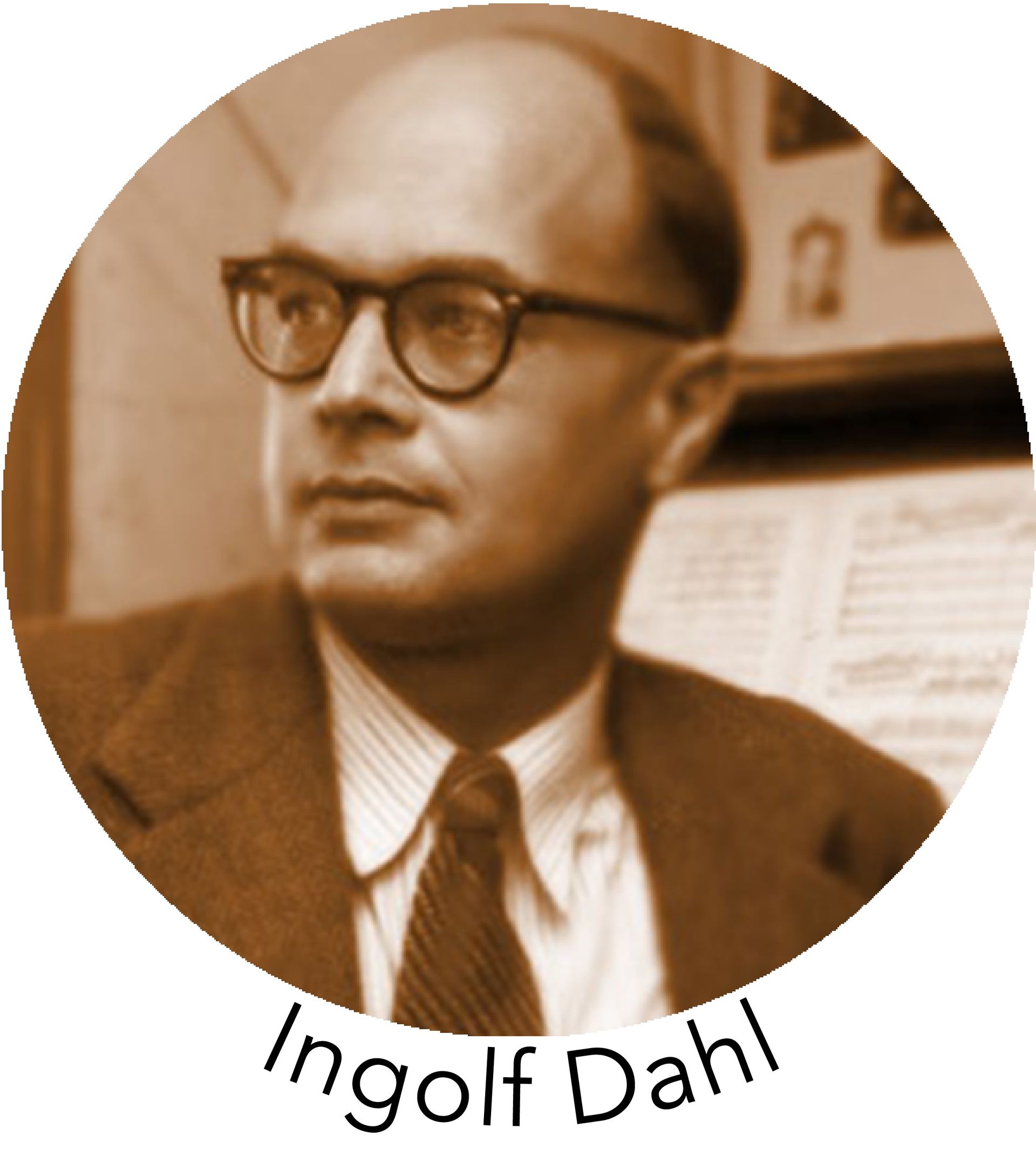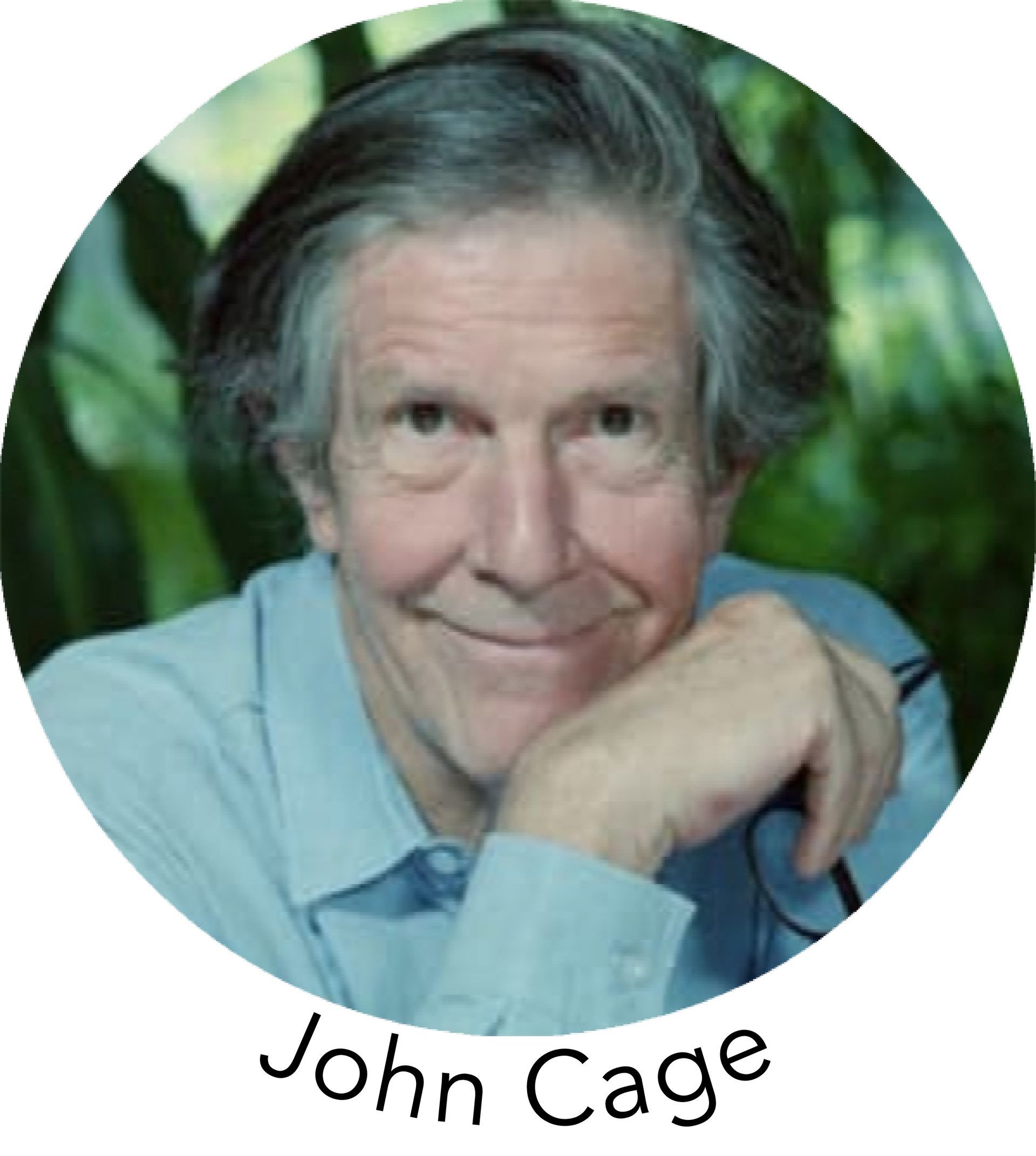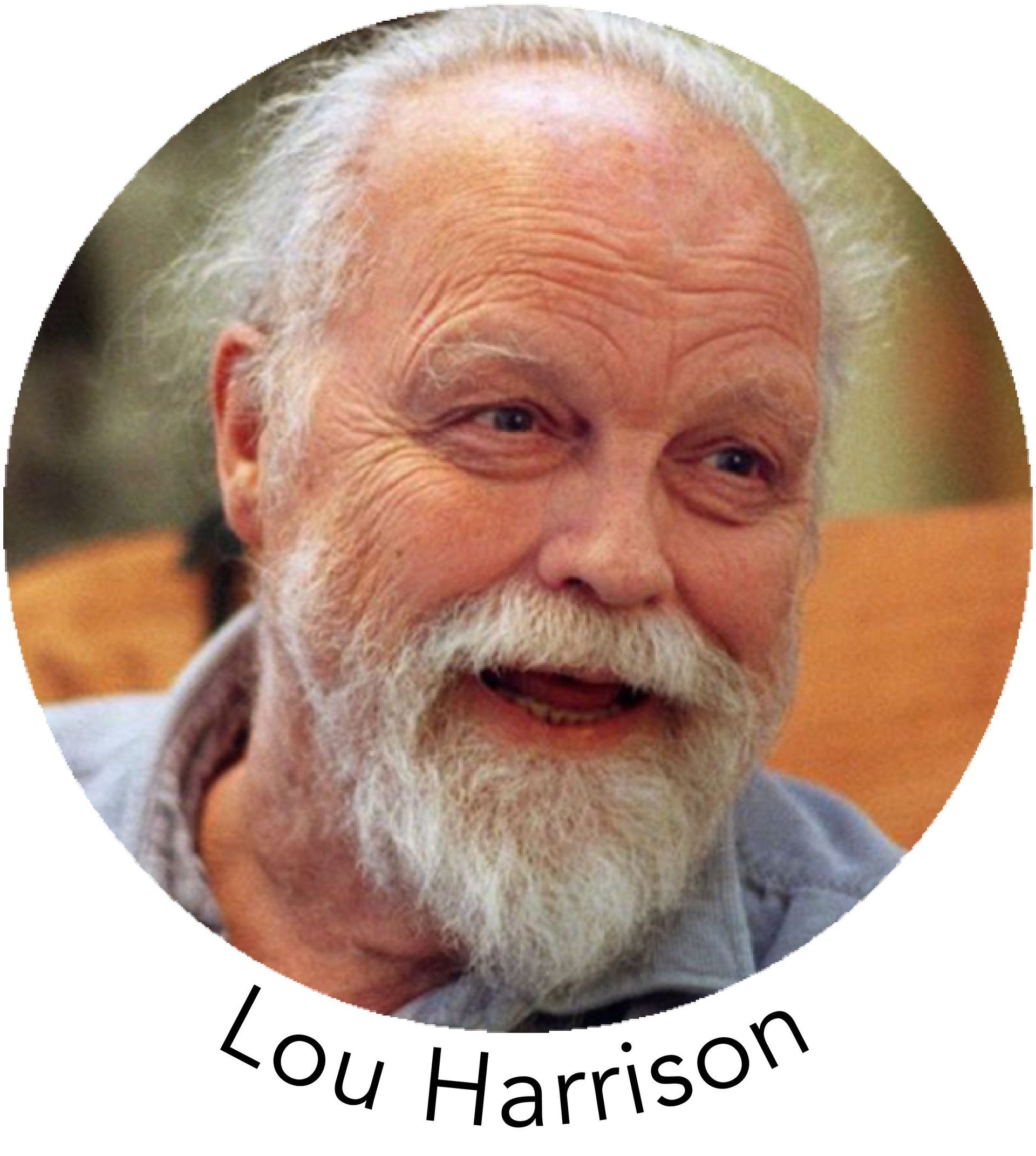Described by Alex Ross of The New Yorker as “One of the most original musical thinkers of the new century,” John Luther Adams’ music is inspired by nature, especially the landscapes of Alaska. He received the 2015 Grammy Award for Best Classical Composition, the 2014 Pulitzer Prize for Music, and was named “2015 Composer of the Year” by Musical America, he is also recipient of the Heinz Award for raising environmental awareness with the Alaska National Interest Lands Conservation Act. Adams’ percussion quartet Drums of Winter is from the evening-long work Earth and the Great Weather, and has been described as “…muscular and sophisticated… based on Inuit dance music… charged with the explosive power of Japanese Taiko drumming…” (The Wire)
The Big Bang!
Dean's Concert Series at Thomas Jefferson Medical College
Hamilton Building Atrium
1001 Locust St, Philadelphia, PA 19107
Tuesday, January 29, 2019
Noon to 1pm
Free Admission
PROGRAM:
John Luther Adams – Drums of Winter (from Earth and the Great Weather) (1993)
George Crumb – An Idyll for the Misbegotten (Images III) (1986)
Ingolf Dahl – Duettino concertante for Flute and Percussion (1966)
John Cage and Lou Harrison – Double Music (1941)


George Crumb is one of the most frequently performed composers in today’s musical world, and is the winner of Grammy and Pulitzer Prizes. Many of his works include programmatic, symbolic, mystical, and theatrical elements, which are often reflected in his beautiful and meticulously notated scores. Mr. Crumb retired from his teaching position at the University of Pennsylvania after more than 30 years of service. Crumb makes his home in Media, in suburban Philadelphia. His seven-part song cycle, the American Songbooks were all composed for, premiered by, and recorded by Orchestra 2001. Crumb prefaces the score to An Idyll for the Misbegotten with a note identifying humankind as the “misbegotten,” rulers of an environmentally “dying world.” Crumb’s piece responds to these thoughts by evoking the “voice of nature.”

Composer Ingolf Dahl was born in Germany to a Swedish family but left when the Nazis came to power. He continued his studies in Switzerland and in 1935, visited the United States to study with Nadia Boulanger, who was then teaching in California. Seeing the European situation becoming more unsettled, he moved permanently to America and took up residence in Los Angeles. He became successful as a film and radio arranger, and also composed and conducted. Igor Stravinsky employed Dahl as an assistant. Dahl became highly respected as a professor at the University of Southern California, whose faculty he joined in 1945; among his pupils was conductor Michael Tilson Thomas. In addition to teaching at USC, he also taught at Tanglewood and was director of the Ojai Festival. Dahl’s Duettino Concertante of 1966 has been described as “the mother of all flute-and-percussion pieces.”

John Cage was one of the most important and influential figures in 20-century culture. Pupil of Arnold Schoenberg, Henry Cowell, and Marcel Duchamp, among his many notable accomplishments was the development of the prepared piano and the percussion orchestra, the adoption of chance and indeterminacy, and the employment of electronic resources and of graphic notation. As well as composing around 300 works, he was also active as a performer, writer, poet, and visual artist.

Lou Harrison was particularly known for incorporating elements of the music of non-Western cultures into his work, with a number of pieces written for Javanese style gamelan instruments. Harrison was one of the most prominent composers to have worked with microtones.
John Cage composed Double Music in collaboration with Lou Harrison, each composer working independently from the other: Cage composed parts 1 and 3 (soprano and tenor), Harrison parts 2 and 4 (alto and bass). Dynamics are scarcely indicated, but the instrumentation is specific (although substitutions are allowed). Both composers basically agreed to compose 200 measures each. Cage’s parts have a rhythmic structure of 14 x 14 measures (plus a coda of 4 measures), using the number series 4, 3, 2, 5. The instruments employed are bells, brake drums, sistra, gongs, tam-tams, and thunder sheet. Lacking dynamic progression, Double Music is just a continuous, festive whole.
